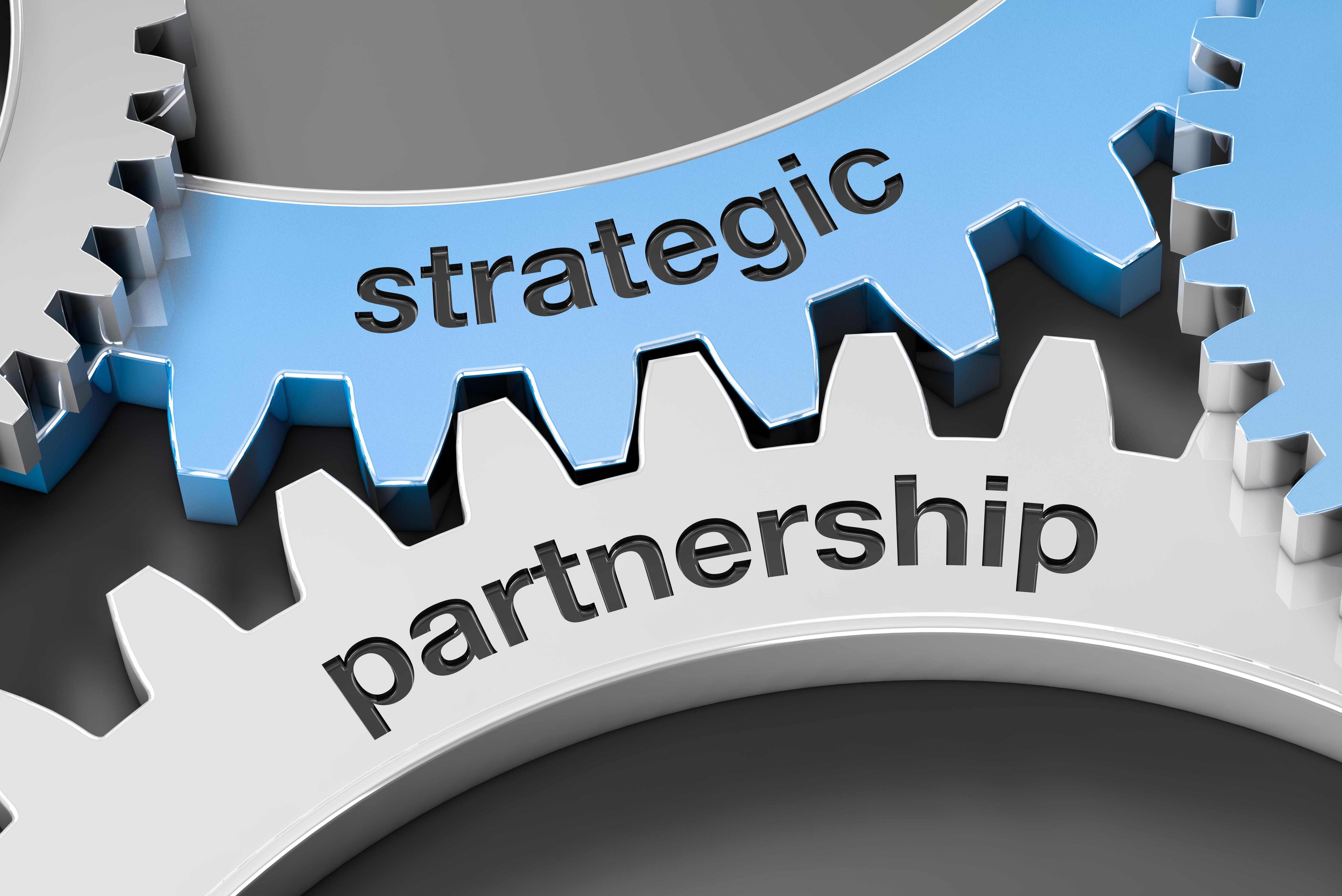How to Become a Level 5 Leader
In his 2001 classic "Good to Great," Jim Collins introduced the concept of "Level 5 Leadership" – a powerful framework that distinguishes truly exceptional business leaders. Collins defines this as:
Level 5 Executive: Builds enduring greatness through a paradoxical blend of personal humility and professional will[1]
Collins and his research team analysed 11 publicly listed companies that achieved extraordinary results – sustaining stock returns three times higher than the general market over a fifteen-year period (1972-2000). When contrasting these exceptional companies with 87 direct industry competitors and 7 companies that produced only short-term great results, a clear pattern emerged: Level 5 leadership was the primary differentiator between sustained excellence and temporary success.
The Five Key Characteristics of Level 5 Leaders
After extensive analysis and interviews conducted at Stanford University, Collins identified these defining traits:
- Humility + Will = Level 5
This paradoxical combination – being both modest and stubborn, humble and fearless – defines Level 5 leaders. Think Tim Cook (Apple CEO), Marcus Aurelius (Roman Emperor and Stoic philosopher), or the quintessential example: David Packard of Hewlett-Packard.
- Ambition for the Company, Not Self
Level 5 leaders prioritise organisational success over personal fame or fortune. They work to ensure their companies thrive long after their departure, comfortable with the possibility that few might recognise their foundational contributions.
- Compelling Modesty
If you've never heard of certain business leaders, they might well be Level 5 leaders. Unlike their Level 4 counterparts who often command significant public attention, Level 5 leaders operate with genuine humility.
- Unwavering Resolve
These leaders possess an absolute determination to do whatever necessary for company success – "infected with an incurable need to produce results."
- Window and Mirror Principle
When things go well, Level 5 leaders "look out the window" to attribute success to external factors and team members. When things go poorly, they "look in the mirror" to accept responsibility, never blaming bad luck or circumstances.
Contemporary Examples: Level 4 vs. Level 5
Elon Musk exemplifies a Level 4 leader. While undeniably brilliant and visionary – his interviews with Joe Rogan[2] showcase his extraordinary capacity to think big – critics question whether his public persona and approach will position SpaceX, X, or Tesla for success beyond his tenure.
In contrast, Tim Cook represents the archetypal Level 5 leader. Recently, he quietly negotiated exemptions from President Trump's tariffs for Apple products manufactured in China. Characteristically unassuming yet remarkably effective, Cook consistently protects shareholder interests while advancing Apple's vision.
Everyday Level 5 Leadership
If you're questioning how many Level 5 qualities you possess, take heart. Many common behaviours demonstrate Level 5 characteristics:
- Raising Children: Parents, grandparents, and involved family members regularly make significant sacrifices for children's benefit – showing ambition beyond self-interest and the determination needed for long-term success.
- Long-term Investing: Contributing to a child's savings account, building your retirement fund, or living below your means to accumulate intergenerational wealth all reflect Level 5 qualities – focusing on results that extend beyond your lifetime.
- Collaborative Teamwork: Whether in business, nonprofit organisations, or sports teams, working with others toward shared goals larger than individual achievement aligns with Level 5 principles.
Building Great Organisations
Collins argues that identifying and installing Level 5 individuals in leadership positions is fundamental to transforming good results into great ones. This connects to his "First Who, Then What" principle – getting the right people in the right positions before determining strategy is more important than the reverse.
This observation resonates with virtually all successful leaders, who consistently emphasise the critical importance of hiring and firing decisions – or as Collins puts it, "getting the right people on the bus, in the right seats, and the wrong people off the bus."
As someone with experience helping organisations make hiring decisions and navigating both successful and unsuccessful hires within my own company, I'll share insights on making the right hiring choices in my next column.
But for now, I'll leave you with this reminder from Level 5 leader David Packard:
Packard's Law: "No company can grow revenues consistently faster than its ability to get enough of the right people to implement that growth and still become a great company."
Alex is a director of Penpole Consulting, a Digital Transformation and Cyber Security service provider. Penpole helps clients increase productivity and reduce organisational risk with their expert CISOs, programme and project managers, change specialists, data migration experts, and technical specialists in testing, training, integration, and configuration.
Want to connect? Reach out to Alex directly at alex.franklin@penpole.co.uk.
PROFIT INSIGHTS
Actionable Business Intelligence Delivered Bi-Monthly.

Transform Your Business with Proven Strategies
Starting Thursday, February 20th, 2025, we're launching an exclusive series of six insightful columns designed to deliver tangible results for your business. Each edition provides practical, implementable strategies that directly impact your bottom line.
Our expert-crafted columns will explore powerful business concepts including:
The principle of reciprocity in business relationshipsApplying Pareto's 80/20 rule for maximum efficiency
Developing Level 5 leadership qualities
Mastering the art of influence and persuasion
Optimising procurement processes
Strategic talent acquisition and team building
Setting effective boundaries and limitations
Delivered directly to your inbox every other Thursday morning.
Ready to elevate your business performance? Subscribe today by emailing profit@penpole.co.uk.
Don't miss our first column on February 20th — where insight meets action.







